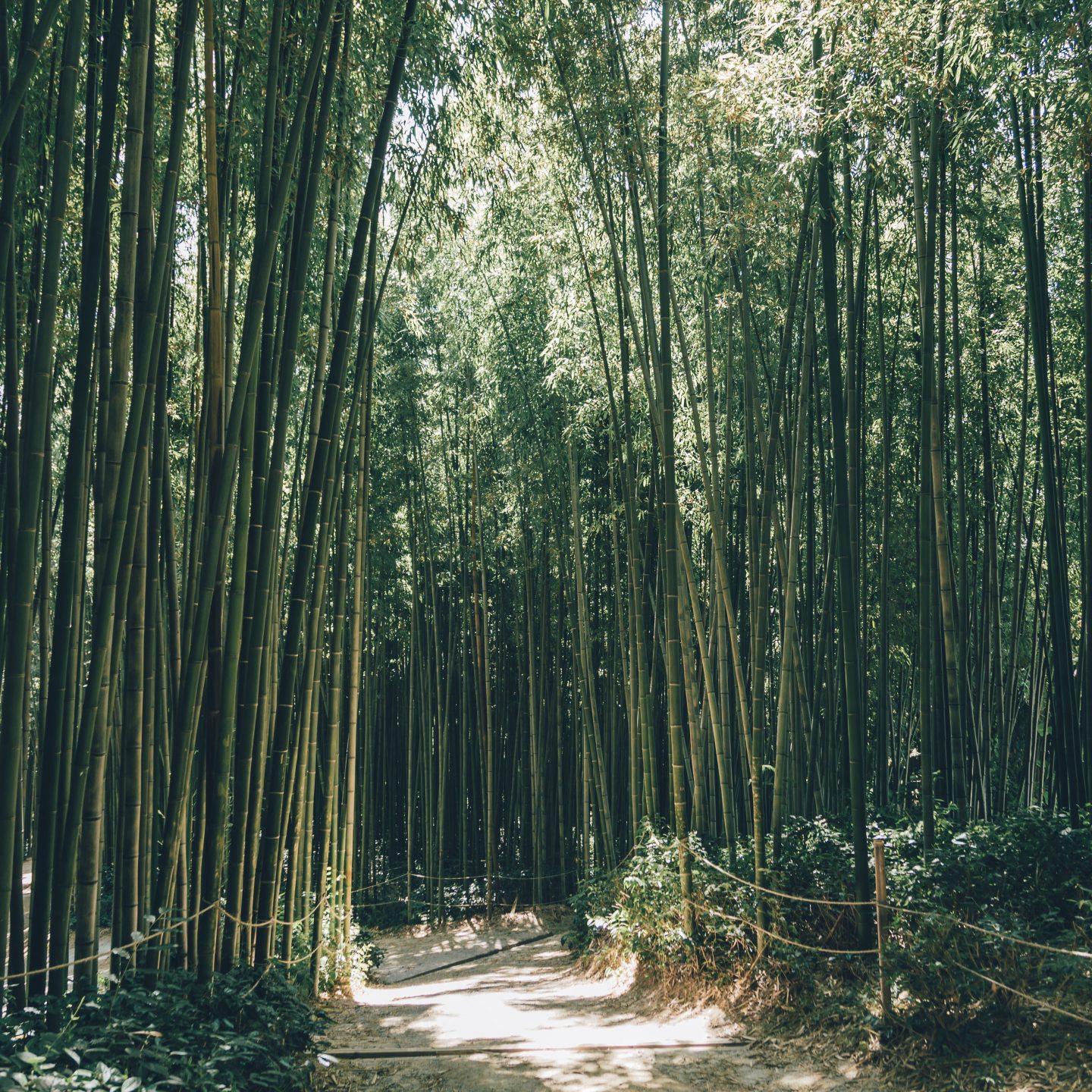Discovering Damyang: South Korea’s Bamboo Sanctuary
Nestled in the verdant hills of Jeollanam-do, South Korea, the Damyang Bamboo Forest (Juknokwon) is a serene escape where nature and culture intertwine. Renowned for its towering bamboo groves, this destination has captivated travelers for centuries, offering both ecological richness and a window into Korea’s traditions. Beyond its visual allure, the forest serves as a living archive of history, sustainability, and local identity. This article delves into the forest’s origins, its multisensory experiences, cultural significance, and ongoing conservation efforts. Whether you’re a nature enthusiast, a history buff, or seeking tranquility, Damyang’s bamboo sanctuary invites you to explore its winding paths and discover why it remains a cornerstone of Korea’s natural heritage.
A Legacy Rooted in Time
Damyang’s bamboo groves date back to the 16th century, cultivated during the Joseon Dynasty for their practical and symbolic value. Bamboo, revered in Confucian philosophy for resilience and humility, was planted strategically to prevent soil erosion and supply materials for crafts, architecture, and even weaponry. The forest’s Juknokwon area, established in 2003, preserves this legacy while integrating modern eco-tourism. Visitors can explore historical sites like the Soswaewon Garden, a 16th-century scholar’s retreat, or the iconic Metasequoia-lined path, juxtaposing ancient traditions with contemporary reverence for nature.
A Symphony for the Senses
Walking through Damyang’s bamboo forest is an immersive experience. The rustling leaves create a rhythmic whisper, while sunlight filters through the dense canopy, casting patterns on the forest floor. Seasonal shifts add drama: spring brings tender shoots, summer offers cool shade, autumn paints the foliage gold, and winter transforms the grove into a stark, poetic landscape. Local cafes serve bamboo-themed delicacies like jukcha (bamboo tea) and juktteok (rice cakes steamed in bamboo tubes), engaging taste alongside sight and sound. This sensory harmony makes the forest a favorite for meditation, photography, and holistic rejuvenation.
Cultural Heartbeat of Damyang
Bamboo is deeply woven into Damyang’s cultural identity. The annual Bamboo Festival celebrates this bond with craft workshops, performances, and bamboo rafting. Artisans demonstrate traditional techniques, transforming stalks into furniture, baskets, and daegeum (Korean flutes). The forest also inspires contemporary art, with installations dotting its trails. Moreover, bamboo cuisine here is a culinary art—dishes like jukyeom gui (salt-grilled bamboo shoots) highlight local ingenuity. This cultural symbiosis ensures that the forest isn’t just a backdrop but an active participant in community life.
Preserving Green Gold
As tourism grows, Damyang faces the challenge of balancing preservation with accessibility. Initiatives like restricted visitor zones, biodegradable signage, and educational programs emphasize sustainability. Local cooperatives harvest bamboo responsibly, ensuring forests regenerate. Researchers collaborate with farmers to study carbon sequestration, positioning Damyang as a model for eco-conscious tourism. Visitors are encouraged to participate—whether by joining clean-up drives or opting for eco-tours—proving that safeguarding this “green gold” requires collective effort.
Conclusion: Where Nature and Humanity Coexist
Damyang Bamboo Forest is more than a scenic wonder; it’s a testament to humanity’s ability to harmonize with nature. From its historical roots to its sensory landscapes, cultural vibrancy, and sustainable ethos, the forest offers lessons in resilience and reverence. As urbanization encroaches, places like Damyang remind us of the quiet power of natural spaces to inspire, sustain, and unite. Whether you stroll its paths or savor its flavors, the bamboo grove leaves an indelible imprint—a whisper to slow down, breathe deeply, and cherish the delicate balance between earth and civilization.
